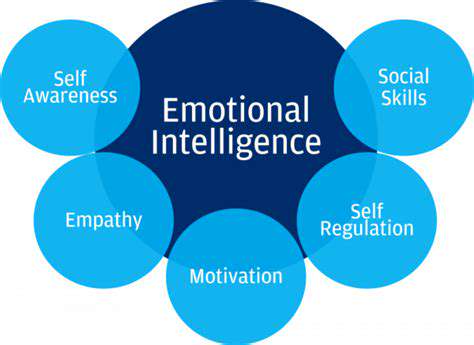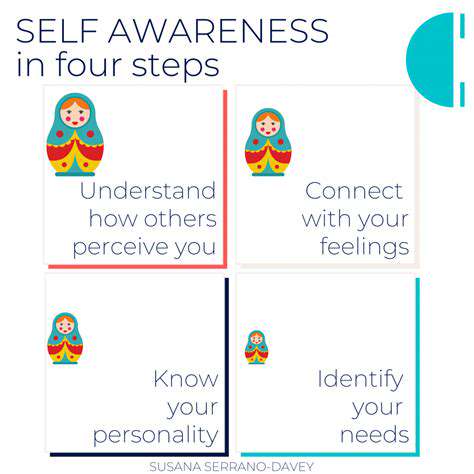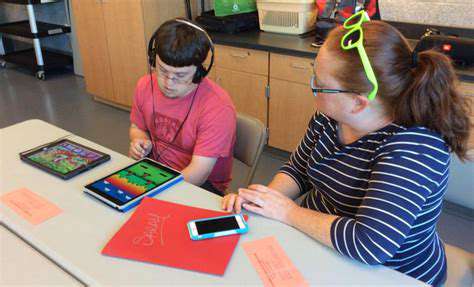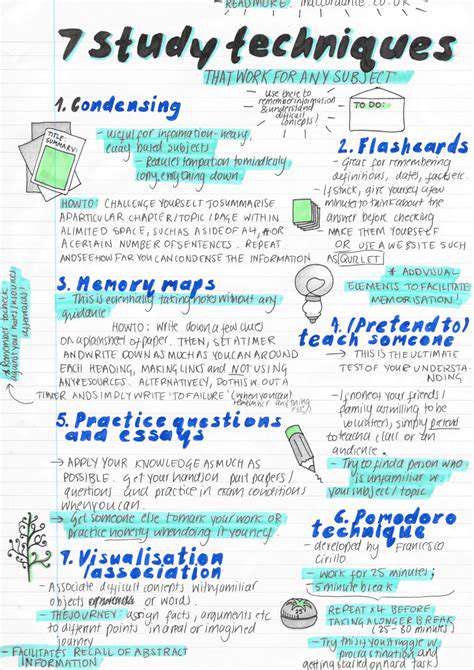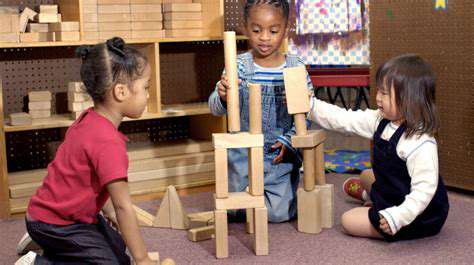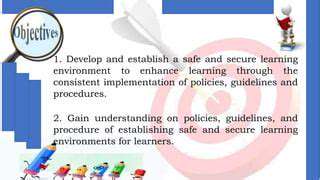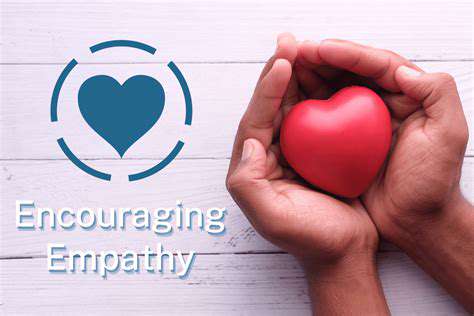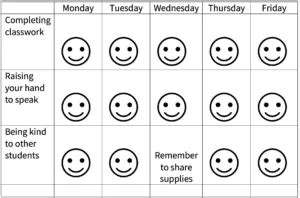Using Games to Improve Kids’ Emotional Skills

Games for Recognizing and Labeling Emotions
Recognizing Facial Expressions
Games that focus on recognizing facial expressions are excellent tools for helping kids understand the connection between emotions and physical cues. These games can involve showing pictures or videos of different facial expressions and asking children to identify the emotion being displayed. For example, you could show a picture of someone smiling and ask the child, What emotion is this person showing? What might have made them smile? This interactive approach not only helps kids learn to identify emotions but also encourages them to think critically about the potential causes behind those expressions.
Another effective activity is creating a charade-like game where one child acts out an emotion, and others guess the emotion. This hands-on activity fosters deeper understanding as children have to visualize and embody different emotional states. It also helps them develop their own emotional vocabulary and expression.
Using Storytelling to Explore Emotions
Storytelling is a powerful tool for exploring emotions. You can create stories with characters who experience different emotions, and ask kids to identify those emotions as they unfold. This encourages children to look beyond the surface and think about the internal feelings of characters in various situations. For instance, you could weave a story about a child who is feeling frustrated because they can't complete a puzzle, and ask the children to describe the character's emotions and what might have made them feel that way. This method also helps them understand the nuances of various emotional responses.
Acting Out Scenarios
Engaging in role-playing activities where kids act out different scenarios that evoke specific emotions can be incredibly beneficial. For example, you could ask kids to act out a scenario where a friend is being excluded, prompting them to express the sadness or hurt the character might feel. This active participation allows children to emotionally connect with the characters and gain a better understanding of how different emotions manifest in various situations. Role-playing can help them develop empathy and perspective-taking skills by stepping into another person's shoes.
Emotional Charades or Pictionary
Games like Charades or Pictionary, adapted to focus on emotions, can be highly engaging for kids. Instead of using common objects, you can use emotion-related words or phrases. This provides a fun and interactive way for kids to practice identifying and expressing emotions. For example, one child could act out happiness while others guess the emotion. This fosters communication and helps children learn to express their own emotions in a creative and fun environment. This can also improve their ability to understand and interpret nonverbal cues.
Emotion Matching Games
Creating matching games using pictures or cards depicting different emotions is a simple yet effective way to reinforce learning. These games can be tailored to different age groups, using increasingly complex emotions as children progress. For example, you could match a picture of a frowning face with the word sadness or a picture of someone laughing with the word joy. This visual reinforcement supports memory and recognition skills, making it easy for children to learn and retain the connection between emotions and their corresponding expressions. This can also help build a strong emotional vocabulary.
Emotional Bingo
Emotional Bingo is a fun and interactive game that helps kids learn to recognize and name various emotions. Create bingo cards with different emotional expressions or descriptions. Call out the emotions, and the players mark them on their bingo cards. This game combines learning with a competitive element, motivating children to actively participate and improve their understanding of emotional vocabulary. This kind of game not only helps with recognition but also with understanding the context in which emotions arise, helping them connect emotions to situations.
Read more about Using Games to Improve Kids’ Emotional Skills
Hot Recommendations
- Efficient Study Habits for Middle Schoolers
- How to Foster Cooperation Between Co Parents
- Best Education Techniques for Children with Autism
- Supporting Special Needs Kids: Strategies for Education and Companionship
- How Can I Improve Early Childhood Learning at Home?
- How to Navigate Different Parenting Styles Together
- How to Create Consistency with Positive Discipline Techniques
- Step by Step Guide to Positive Behavior Management
- Tips for Encouraging Social Skills in Children with Autism
- How to Support Special Needs Children at Home
